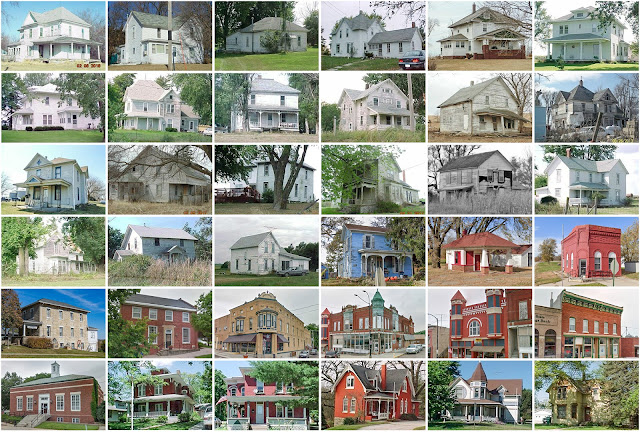DeKalb County, Tennessee

Founding: 1838 Parent counties: Cannon, Warren, and White Namesake: Johann de Kalb, Continental Army general Seat: Smithville (1838–) Land area: 304 square miles Population (2020): 20,080 Population (historic): 5,868 (1840); 10,573 (1860); 14,813 (1880); 16,460 (1900); 14,213 (1930) Periods of population growth: pre-1840–1900; 1930s; 1960–2020 Subdivisions: One city; three towns Pre-1940 residences (estimated): 710 (7.4%) Pre-1940 housing survival rate: 17% Pre-1860 housing survival rate (1940): 7% Farm housing in disrepair (1950): 30.2% Nonfarm housing in disrepair (1950): 21.7% Average farmhouse value (1930): $448 Average outbuilding value (1930): $235 Average farmhouse size (1940): 4 rooms Number of farms (1920): 2,792 Average farm size (1920): 40.4 acres _________________________________________________________________________________ Smithv...













